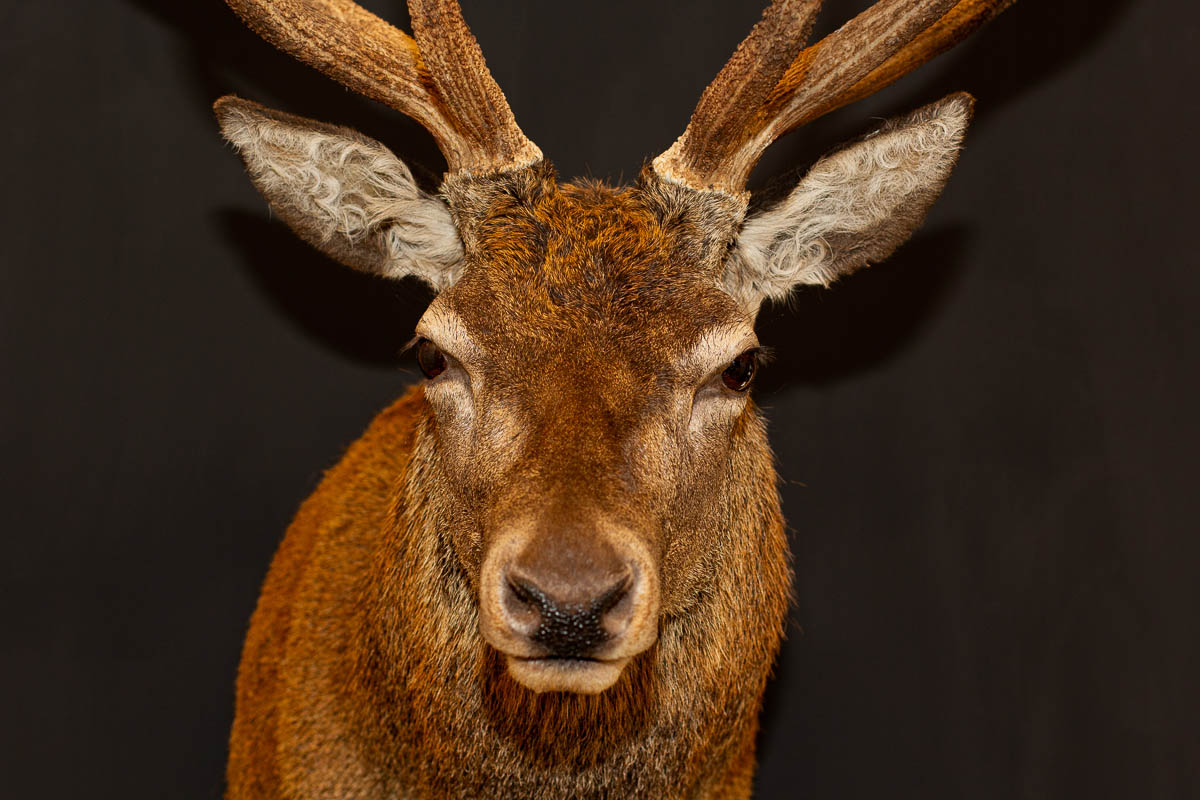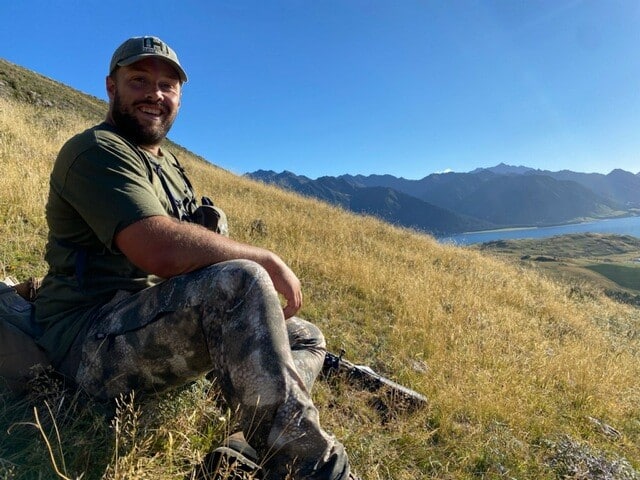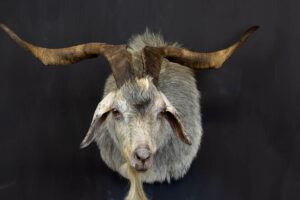Introduction
You’ve had the hunt of a lifetime, and now you want to preserve that memory forever. But did you know that how you handle your trophy in the field can make all the difference in the quality of your final mount? Proper preparation ensures that your trophy arrives at the taxidermist in prime condition, leading to a more realistic, long-lasting display.
Step 1: Quick Field Care is Crucial
Once your animal is down, time is your enemy. Bacteria and decomposition set in fast, which can cause hair slippage, discoloration, or skin damage. To prevent this:
- Keep the trophy dry and cool as much as possible.
- Avoid dragging the animal on rough surfaces to prevent fur damage.
- If you can’t get to a taxidermist immediately, freeze the cape or hide.
Step 2: The Right Way to Skin Your Trophy
For a high-quality shoulder mount, proper skinning technique is essential. Here’s what to do:
- Make circular cuts behind the front legs to preserve the full shoulder area.
- Avoid cutting too far up the neck—leave extra hide for adjustments.
- Keep the ears, lips, and nose attached and untrimmed for precision mounting.
- If unsure, bring the full hide to your taxidermist and let the expert handle it.
Step 3: Transporting Your Trophy Safely
Whether it’s a red stag, tahr, or wild boar, improper transport can ruin your mount before it even reaches the workshop. Follow these golden rules:
- Wrap the hide in plastic to prevent freezer burn if storing long-term.
- Place the skulls and capes in separate bags to avoid contamination.
- Use a cooler with ice packs if immediate freezing isn’t possible.
Final Thoughts
Your hunt is a story worth telling, and a well-prepared trophy is the best way to honor it. By following these steps, you ensure your mount will look lifelike, pristine, and true to your experience for years to come.
🦌 Need expert taxidermy? Contact us today to start your custom mount!





